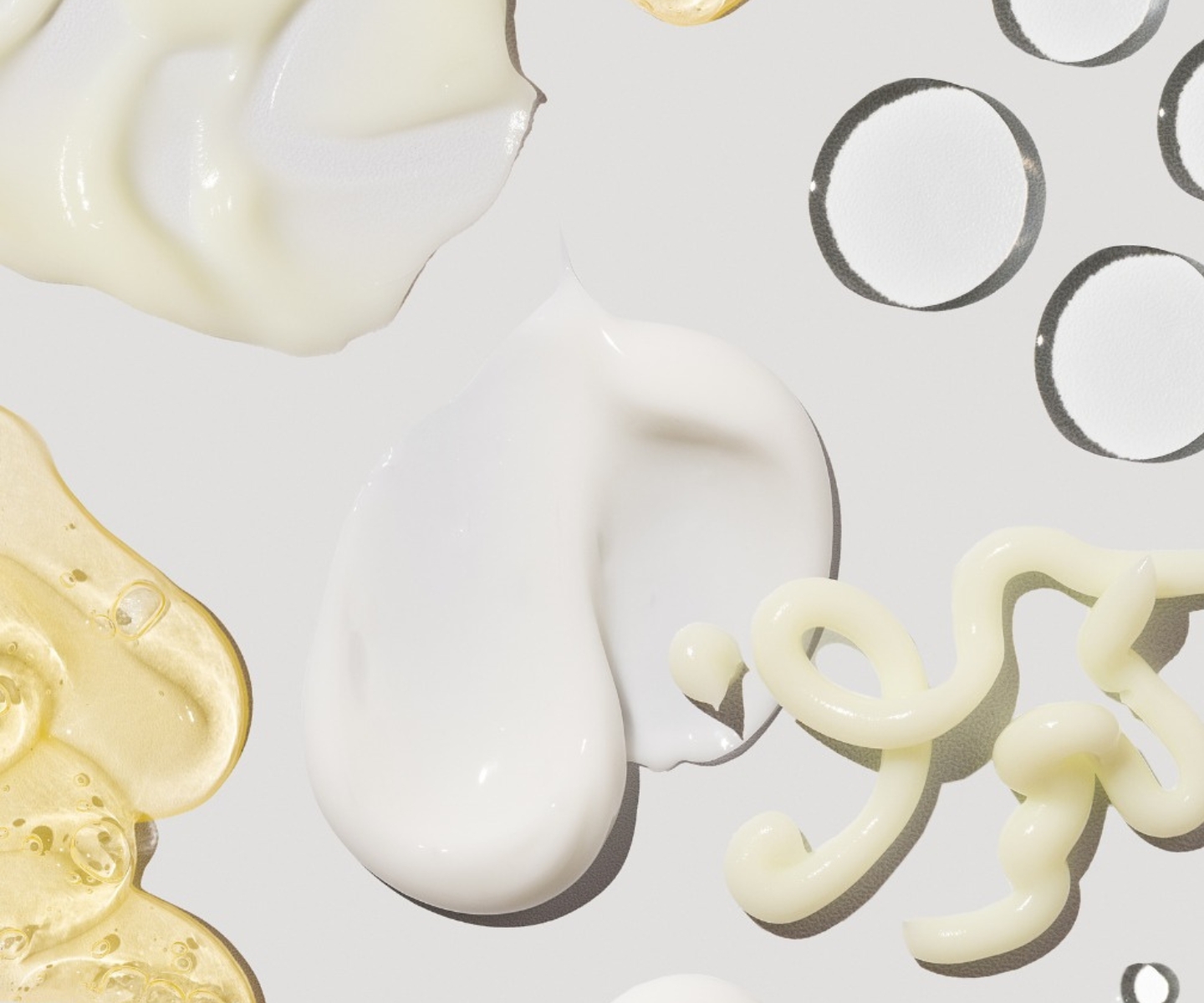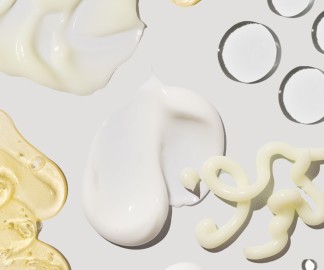Alpha-Hydroxy Acid.

Alpha-Hydroxy Acids (AHAs) are a group of acids derived from animals and plants.
AHAs have a number of benefits from having antioxidant and hydrating properties, as well as stimulating collagen production.
AHAs are most known for their ability to exfoliate the skin and improve the appearance of fine lines and wrinkles.
They are usually found in most products from cleansers and toners to moisturisers, serums, and masks.
AHA's work by breaking down the bonds between the dead skin cells which allows new healthy skin cells to appear, leading to a brighter skin complexion.
They are used to treat a variety of skin concerns including fine lines and wrinkles, dark spots, and rough texture.
Glycolic Acid and Lactic Acid are among some of the most popular AHAs.
All types of AHAs act on the top layer of the skin as a chemical exfoliant, but each type of AHA differs in molecule size.
The smaller the molecule's size, the deeper it can penetrate the skin.
AHAs Are Best Suited For:
Skin Type/Concerns:
Dry Skin
Normal Skin
Dehydrated skin
Aging skin.
Pigmentation
Fine lines
Enlarged pores
Uneven skin tone
Pairs Well With:
Hyaluronic Acid
SPF
BHA's (use cautiously to prevent irritation)
Niacinamide
Peptides
Azelaic Acid
Hydrating Ingredients
Does Not Pair Well With:
Retinol/ Retinoids- can be used whilst using AHAs, but is best to use on alternating days or different times of the day.
Vitamin C
Allantoin
FAQs:
What are the types of AHAs?
Glycolic Acid: Is the most common AHA. It is derived from sugar cane and provides significant exfoliation.
Lactic Acid: Unlike other types of AHAs, Lactic Acid is derived from lactose or other carbohydrates. Lactic Acid is known for its significant exfoliation and anti-aging properties.
Malic Acid: Derived from fruit acids, Malic Acid is used to help clear away dead skin cells. It is also known to help the appearance of dull and aging skin.
Citric Acid: Is a protective antioxidant that is derived from citrus fruits. This AHA can help to reverse visible signs of photodamage by working to exfoliate the upper layer of dead skin cells, helping to clean pores, and even skin tone leaving soft and smooth skin.
Tartaric Acid: Is a lesser-known AHA derived from grapes. It is said that it may help reduce signs of acne and sun damage.
What products can't I use with AHAs?
Retinol/Retinoid: mixing these two ingredients together can dry out the skin, as well as cause irritation to the skin.
Vitamin C: mixing AHAs with Vitamin C can cause irritation to the skin. Vitamin C is also very pH sensitive, so combining these two ingredients together, has the potential to diminish the delivery to the skin, making it useless.
Whilst you shouldn't mix these ingredients with AHAs, it doesn't mean you have to pick one or the other. If you want to incorporate AHAs with these ingredients, you can do so by alternating when you use these products, i.e. using one in the A.M. and the other in the P.M., or using on alternating days.
Are AHAs safe for pregnancy/breastfeeding?
We recommend speaking to a medical professional before using AHAs during pregnancy or breastfeeding.
How often should I use AHAs?
It will depend on the product and strength of the AHA you are using. If you are new to AHAs, you should start by slowly introducing the product into your routine. As your skin gets used to AHAs, you can then start to build the number of times a week you use AHAs. Using AHAs frequently can cause damage to the skin barrier. For best results and information on usage, we recommend reading the instructions before usage.
Is it normal for my face to tingle when I use AHAs?
A mild tingling sensation is completely normal when using AHAs, especially when you are new to AHAs or have increased the concentration. You feel that tingling sensation due to the AHA removing dead skin cells and exfoliating your skin. If your skin starts to burn when using AHAs, remove it immediately. If needed, seek medical attention.
Can I use AHAs and BHAs together?
AHAs and BHAs can be used together, but it may not be suited for all skin types. Some products may already contain both AHAs and BHAs, but when layering AHAs and BHAs together it can cause dry, red, and irritated skin. But for some skin types such as oily skin, using both together can be beneficial. If you do notice these side effects, but want the benefits from both ingredients, you can try alternating the products on different days.
Should I use AHAs in the AM or the PM?
You can use AHAs in the AM and the PM, some products may however be formulated to be used at a certain time of day. Make sure to read the instructions before using.
Are AHAs vegan?
No not all AHAs are vegan. Some types of AHAs like lactic and glycolic can be derived from animals. To see if the AHA is vegan, it is best to research what the AHA was derived from before purchasing.
Is peeling normal when using AHAs?
When you first start using AHAs it is normal to experience some skin peeling. The peeling is generally from the dead, dull skin cells that have been shed from the AHA. However, if you experience a burning sensation when using the AHA and experience peeling later from this, it is not normal and may indicate a reaction to AHAs or the product.
What are the side effects of using AHAs incorrectly?
If used incorrectly AHAs can cause the following side effects:
Burning
Swelling
Redness
Itching
Skin irritation
Chemical burns
For best results and to help prevent these side effects, use AHAs as instructed.
Tips:
For best results and to protect your skin barrier and build up your tolerance gradually work up to the recommended usage of your AHA product. Not doing so will damage your skin barrier and cause irritation to the skin.
You should be wearing an SPF every day anyway, but when using AHAs it may increase sensitivity to the sun. Wearing an SPF with help protect your skin from the sun and reduce the sensitivity from the AHA.




